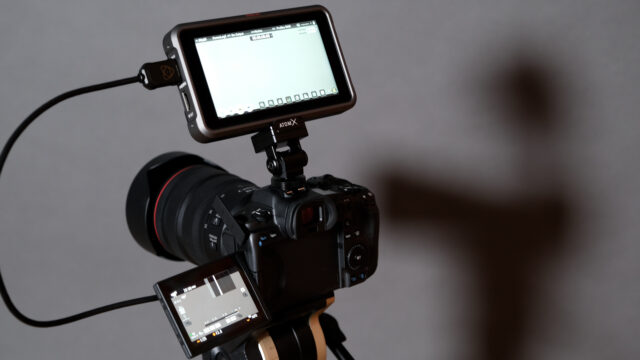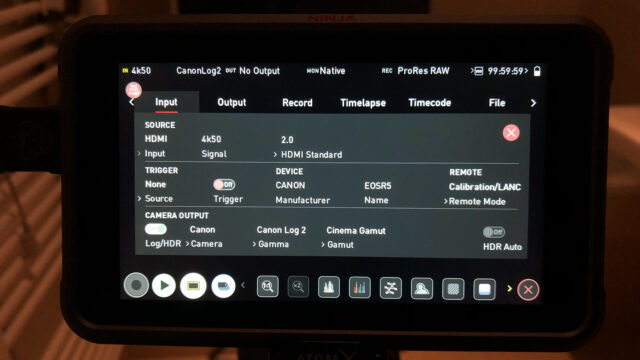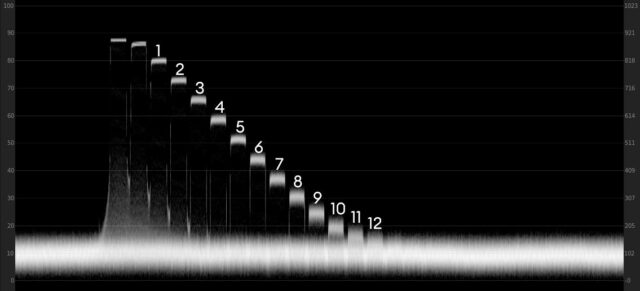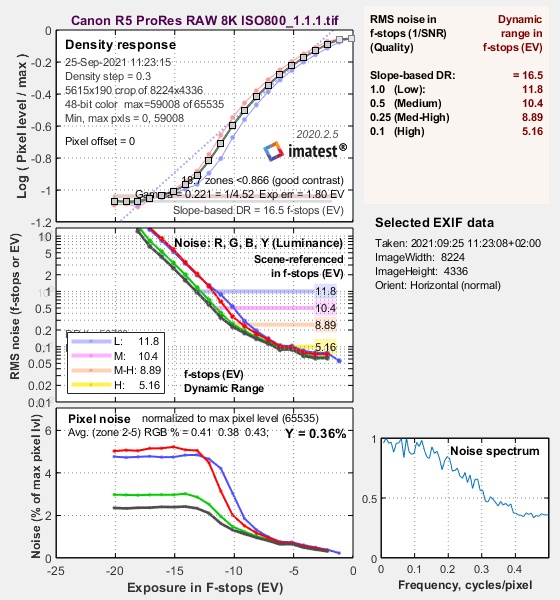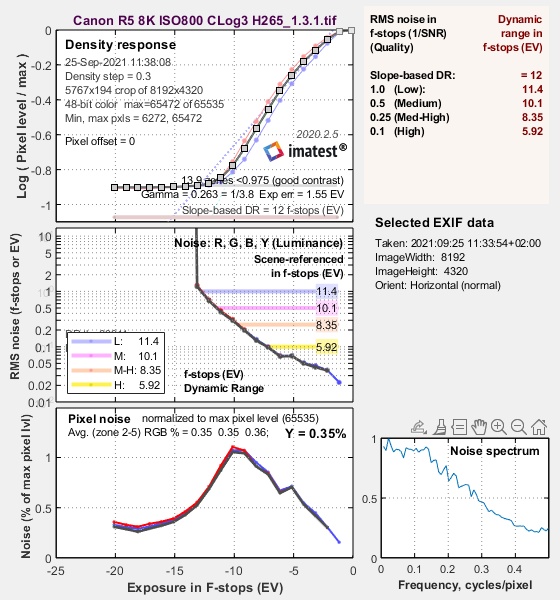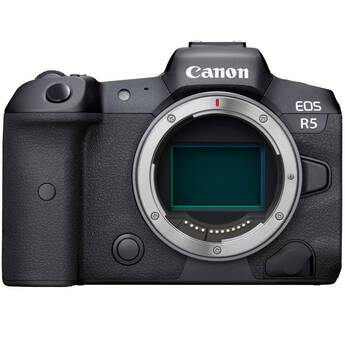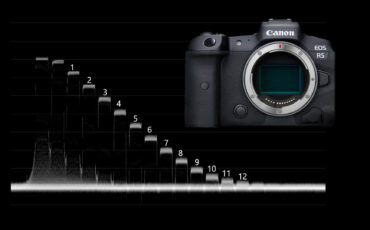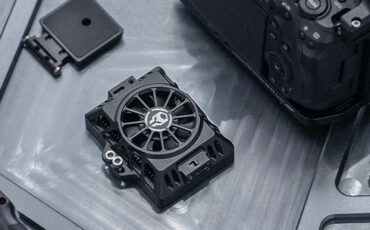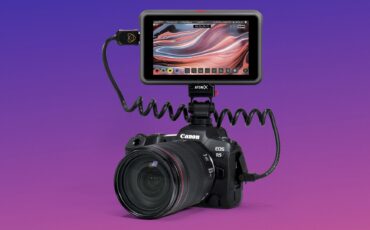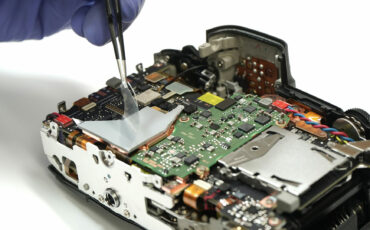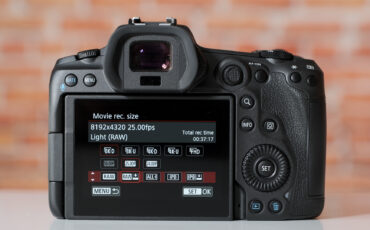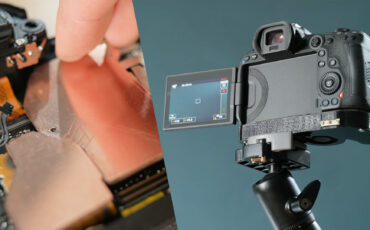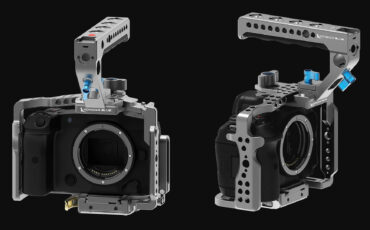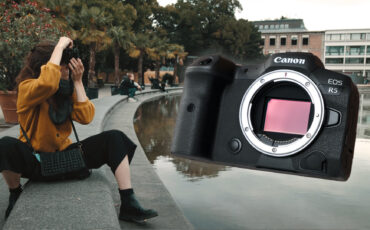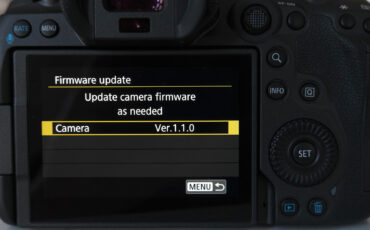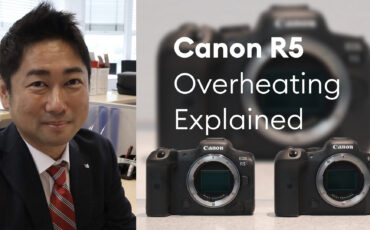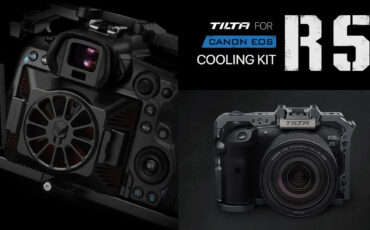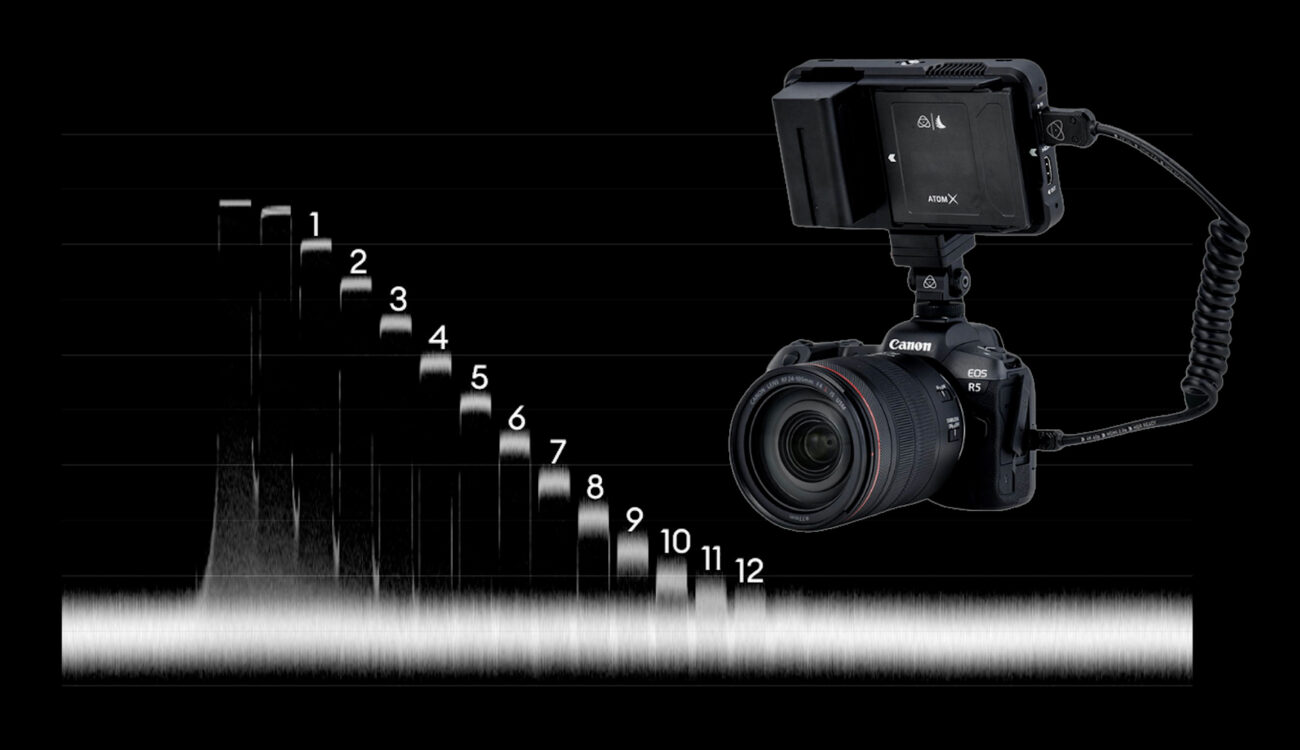
Interested in a quick dynamic range test of the new Canon EOS R5 8K external ProRes RAW recording mode of the Canon EOS R5 using an Atomos Ninja V+? And as a bonus, results for the new Canon Log 3 mode are thrown into this article as well. So please take a seat and read on …
This is not one of our typical lab tests as the Canon EOS R5 has already received our extended lab test treatment, which you can read up on here. Back then internal 12 bit Canon 8K RAW as well as internal 10 bit 8K Canon Log (H265) recording was already possible.
In the meanwhile, firmware updates have brought Canon Log 3 to the Canon EOS R5 as well as external 8K ProRes RAW recording via HDMI (in 10 bit) using the new Atomos Ninja V+. Enough reasons to quickly retest the dynamic range with those new offerings.
Dynamic range of external ProRes RAW 8K recording
In case you are not familiar with how we test dynamic range of cameras, have a look here.
A quick word on handling the 8K ProRes RAW files in postproduction: on an 8K timeline in PremierePro our NVIDIA GeForce RTX3090 graphics card which is on loan from NVIDIA (thank you) had no issues handling the files, GPU memory hovered around 10-12 GB, the load around 16%. As soon as you start to add noise reduction, memory usage and load start to skyrocket – which is to be expected. Mainly due to the GPU memory, I recommend the RTX3090 card if you plan to finish in 8K.
Plugging the Canon EOS R5 via HDMI into the Atomos Ninja V+, the camera is immediately recognized. Interestingly enough, Canon Log 2 is displayed as the Gamma – we will use that later in PremierePro to bring RAW into a log space for further analysis.
On the camera itself, the lowest ISO value that can be selected is ISO800 if the output is set to “HDMI RAW”. This is interesting, as the internal RAW recording has ISO400 as the lowest ISO. ISO400 is also the lowest ISO value for internal H265 Canon Log recording. For Canon Log 3 the minimum ISO value jumps up to 800.
So far so good. Developing the ProRes RAW files on an 8224×4336 (17:9) timeline in PremierePro using Canon Log 2 as the gamma curve yields the following waveform plot:
About 12 stops can be identified above the noise floor and a hint of a 13th stop inside. As can be seen from the waveform, lower stops (i.e. shadows) are very very noisy. Interestingly, the internal 8K RAW recording (at ISO400) is showing less noise, see our lab test here.
IMATEST confirms this result, very high levels of noise are calculated for the lower stops (displayed in the lowest of the three graphs below). Hence, the dynamic range reads only 10.4 stops at a signal to noise ratio of 2 (SNR) and 11.8 stops at SNR = 1. Nevertheless, more stops can be identified within the noise floor (above the blue 11.8 line in the middle diagram). Hence, if you are well versed in postproduction, those additional stops can be “excavated” from the noise floor.
Just to give you our current benchmark for dynamic range, the ARRI Alexa Mini LF (full-frame) camera reads 13.5 stops at SNR = 2 and 14.7 stops at SNR = 1 in ARRIRAW. That’s 3 stops more, see our mini-lab test here.
One more word on overheating: during external 8K ProRes RAW recording via HDMI, if “Standby: Low Res” is set to “On” in the camera menu, no overheating occurs anymore (if it is set to “Off”, the well known overheating limits apply).
Unfortunately, external recording is triggered via the Atomos Ninja V+. On the camera, the trigger button is inactive.
Dynamic range of internal 8K H265 recording in Canon Log 3 at ISO800
As mentioned above, since firmware 1.3 the Canon EOS R5 allows also Canon Log 3 as the second LOG profile next to the initially available Canon Log. The initial C-Log profile showed a strange behavior of “cutting off” the noise floor, hence limiting the dynamic range severely. Well, C-Log 3 unfortunately is doing the same.
Here is the waveform plot of 8K H265 Canon Log 3 at ISO800 – about 11 stops can be identified, as well as a weak 12th stop.
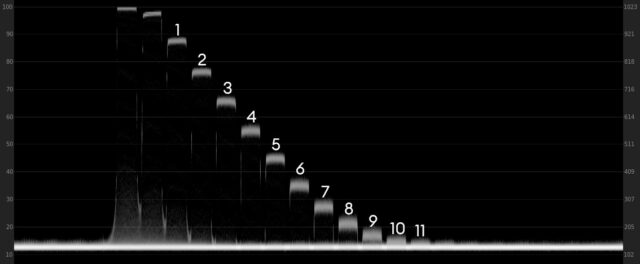
IMATEST confirms this, 10.1 stops are calculated for SNR = 2, and 11.4 stops for SNR = 1:
Compared to the results for internal C-Log (10.0 stops at SNR = 2 and 10.8 stops at SNR = 1) we do get better readings, but not much. Unfortunately, those results are at the low end for a full-frame camera. The Panasonic S5 for example reads 12.1 stops at SNR = 2 (V-Log at ISO640 in UHD resolution), the Sony A1 shows 11.9 stops at SNR = 2 for internal 8K H265 recording (S-Log3).
Switching the Canon EOS R5 to 4k DCI full-frame recording improves the results for Canon Log 3, due to downsampling. 10.8 stops at SNR =2 and 11.8 stops at SNR = 1 are calculated by IMATEST. Nevertheless, the Canon EOS R5 is more than 1 stop behind its peers in terms of dynamic range in the mirrorless full-frame arena.
Summary
8K ProRes RAW external recording via the Atomos Ninja V+ opens up unlimited RAW recording capabilities on the Canon EOS R5, without overheating issues. That is a big improvement.
However, external ProRes RAW files are very noisy, really “RAW”. In terms of dynamic range (as expected), the same results as with internal Canon RAW recording are obtained – shadows are a bit less noisy with internal RAW but very similar values are obtained at the signal to noise thresholds of 2 and 1.
The new Canon Log 3 internal Log gamma curve improves the dynamic range with internal H265 recording a little bit but cuts off the noise floor as well. Nevertheless, I fully recommend using Canon Log 3 if you need a more storage-efficient internal recording solution.
Hence if you want to fully exploit the capabilities of the Canon EOS R5 in terms of dynamic range and unlimited recording times without overheating, there is no way around using external ProRes RAW recording via HDMI on the Atomos Ninja V+.
Have you shot with the Canon EOS EOS R5 already? What are your experiences? Please let us know in the comments below.
